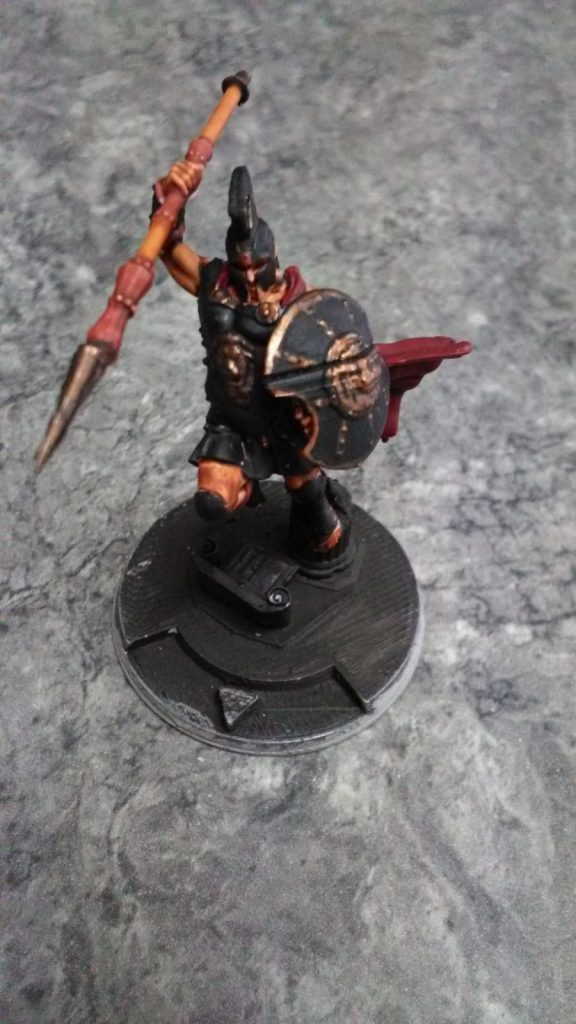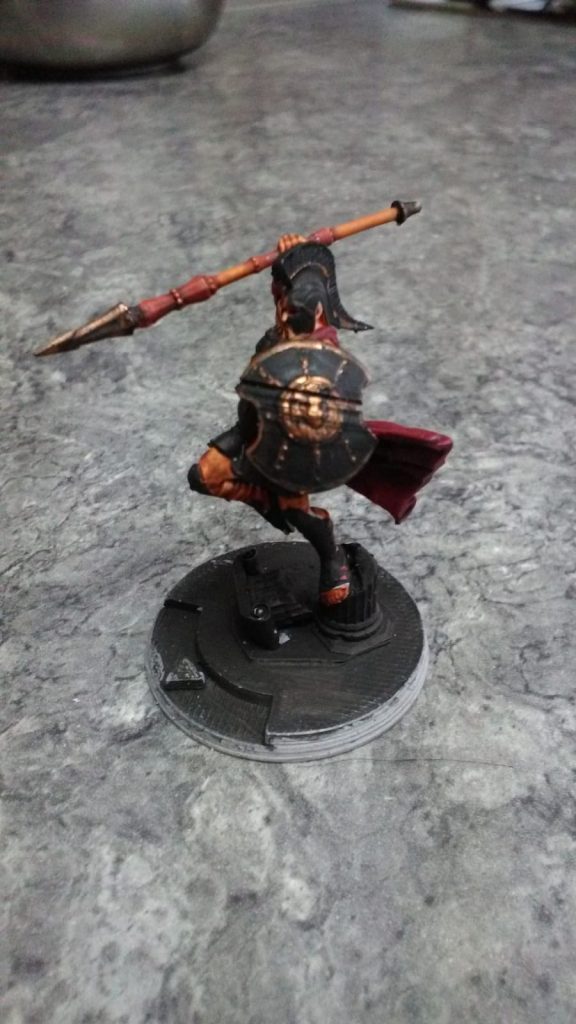Introduction.
The Norwegian Campaign (April – June 1940) is not the best known by the general public, because of its peripheral character with respect to the main battlegrounds, as well as its coincidence in time as of May 10 with the great German offensive in the west. However, it is one of the most interesting campaigns studied at the military level, being the German attack the first large-scale combined operation of history.
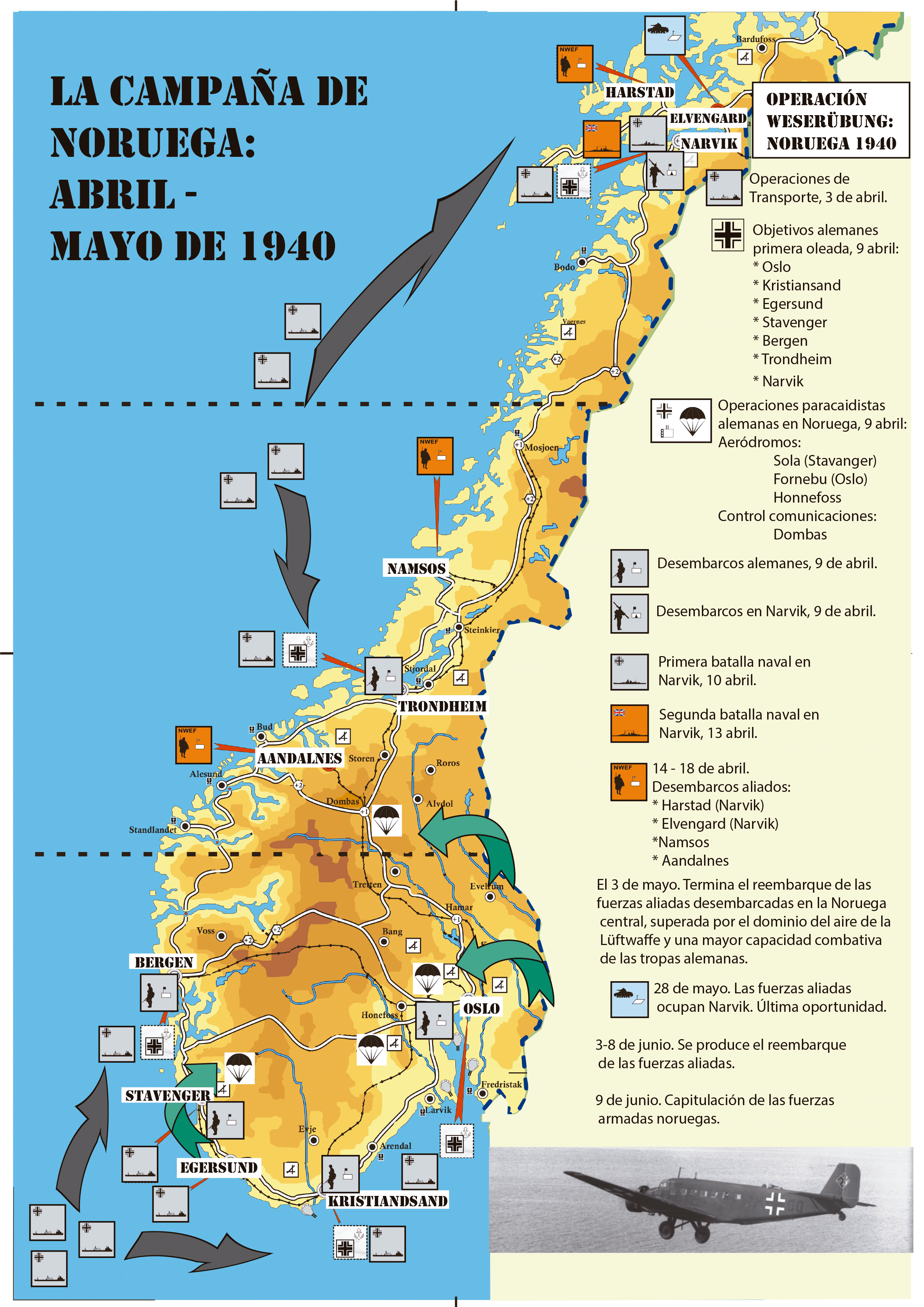
The decision to invade Norway.
The Nordic countries had avoided being directly involved in IGM and in 1939 their governments, Social Democrats and pacifists, tried to achieve the same declaring themselves quickly neutral. But only Sweden would do it. It was after the completion of the Polish campaign and with the stagnation that followed (La drôle de guerre) when the major states and war councils of both contenders began to pay attention to the Scandinavian peninsula.
Several geo-strategic issues made it interesting to control the region: 1) The Norwegian coast was the only route through which Germany could contact the rest of the world by sea; 2) The important dependence of Swedish iron on German industry, which could only be exported in winter through the small Norwegian port of Narvik.
It would be Admiral Raeder, Commander-in-chief of the Kriegsmarine, the chief responsible for Hitler's intervention in Norway, pointing to the need to keep Norwegian waters open to the navigation of neutral merchants Towards Germany, as of the German Corsair ships towards the Atlantic, as well as the utility for the Kriegsmarine of owning the ports of Narvik and Trondheim. It would also be thanks to Raeder that Hitler was going to meet Vikdun Quisling, leader of a small Norwegian nationalist party who offered to lead a pro-German government in Norway. Even without being fully decided, Hitler will commission the OKW a plan to achieve political control of Norway and access to its ports (Krancke plan) that will anticipate the occupation of the main Norwegian ports through a joint naval operation.
However what is really going to decide Hitler to carry out the operation is going to be the so-called "Altmark Incident" occurred in February 1940, when this German transport vessel returning home with 300 prisoners, was assaulted by a British destroyer Violating Norwegian territorial waters. In command of it (name in code Weserübung) will be the general von Falkenhorst, fixing finally on April 9, after several delays, like date to carry it out.
The Allies will also decide to intervene in Norway after long months of discussions. It is going to be Wiston Churchill-first Lord of the Admiralty-the most vehement supporter of the Norwegian coast mine, seeking above all to prevent the transport of iron since Narvik. With the Soviet invasion of Finland, an intervention was raised in support of the Finns, within the framework of which Narvik and the Swedish mines, as well as the main cities in central Norway, were occupied. The Finnish surrender did not end with the intervention plans, finally deciding to carry out the Norwegian water mine being prepared several brigades to disembark in Narvik, Bergen and Trondheim in the event of a German reaction . Allied plans would be thwarted at the last moment by the German audacity.
The German invasion
When planning the Operation Weserübung, Falkenhorst and the OKW were very clear that by the peculiar geographical configuration of Norway, with very complicated terrestrial communications, the occupation of the main objectives (Narvik, Trondheim, Bergen and Oslo) should be carried out simultaneously by troops carried by the sea.
By the manifest superiority of the Home fleet on the surface fleet of the Kriegsmarine, surprise and speed were fundamental. For this reason, the invading forces should be transported in warships, faster than those of transport, but this implies that the number of the members of the invading force would be reduced to less than 9,000 men, leaving the transport of the bulk of the troops , as well as the ammunition to days after. This attacking force was to be divided into six groups, each one with a specific objective (Narvik, Trondheim, Bergen, Kristiansand-Arendal, Oslo and Egersund). The Lüftwaffe would provide support and air transport, as well as several parachute companies to take over the most important aerodromes.
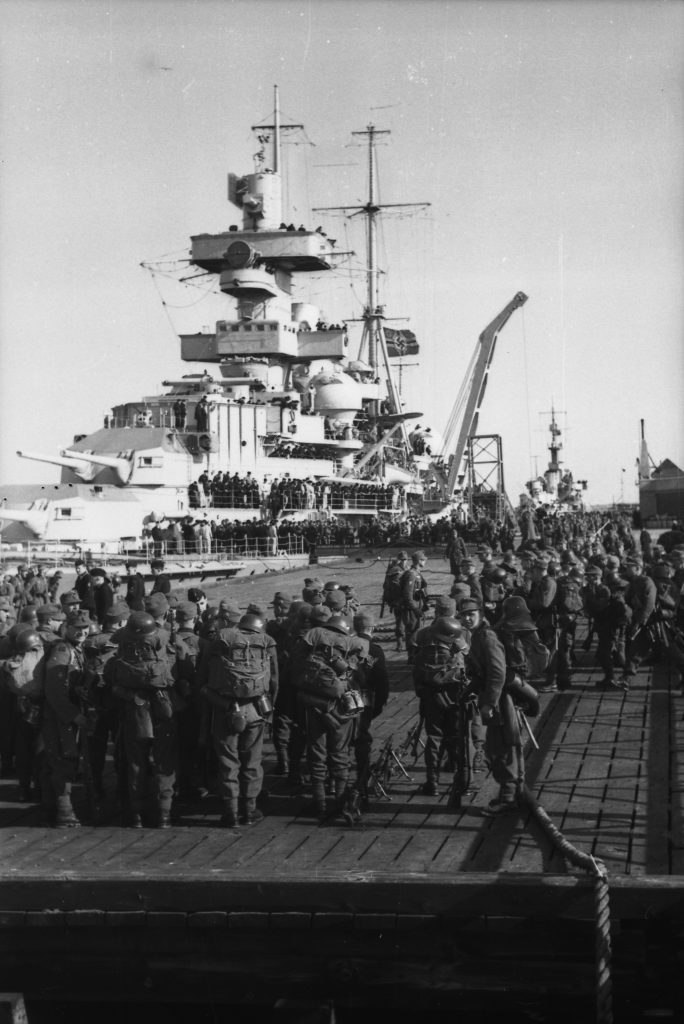
The German High command considered that the landings could be carried out without opposition, since they were confident that the Norwegian government would aviniese to the ultimatum that was going to be presented to them hours before they produced them. But the possibility of Optasen by the resistance, nor did it generate any concern to find the Norwegian armed forces very weakened and outdated for decades of neglect, budgetary rickets and pacifism.
It will decide the desirability of occupying also Denmark, mainly to ensure the control of the aerodromes of Aalborg. The plan that was going to be carried out without problems will consist in making a rapid advance through the peninsula of Jutland by motorized elements until securing Aalborg and its aerodromes (which would have been occupied by parachutist forces), while other forces They landed at different points in the main Danish islands and threatened Copenhagen.
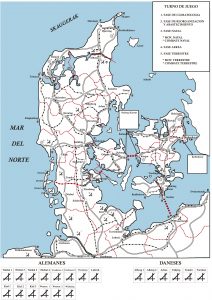
The first boats participating in Wesserübung departed on April 3. The risk of German vessels being detected was very high. In fact they were several times but the Allied intelligence services failed to interpret the movements and allowed them to reach the Norwegian ports as they searched for the North Sea.
The six naval groups were able to reach their destination at the scheduled time. Narvik and Trondheim the furthest operations, were carried out without lamenting German casualties. However, in other objectives, German ships suffered a variety of damage from the fire of the coastal batteries. Thus the cruiser Könisberg was damaged in Bergen and the Blücher sunk in the Oslo fjord by the batteries of the strong Oskarborg. The capital would eventually be occupied by the forces carried by air to the airfield of Fornebau occupied after a hard combat. Paratroopers occupied the airfield of Sola and the city of Stavanger, while the presence of German bombardments helped to stifle the attempts of resistance.
At the end of the day the Germans had managed to occupy all the military objectives envisaged. However the delay in the occupation of Oslo had allowed the government and the Norwegian monarch to retire to the interior of the country calling the Norwegians to the resistance, with what the Germans had to launch to occupy the whole country , leaving the door open to an allied intervention.
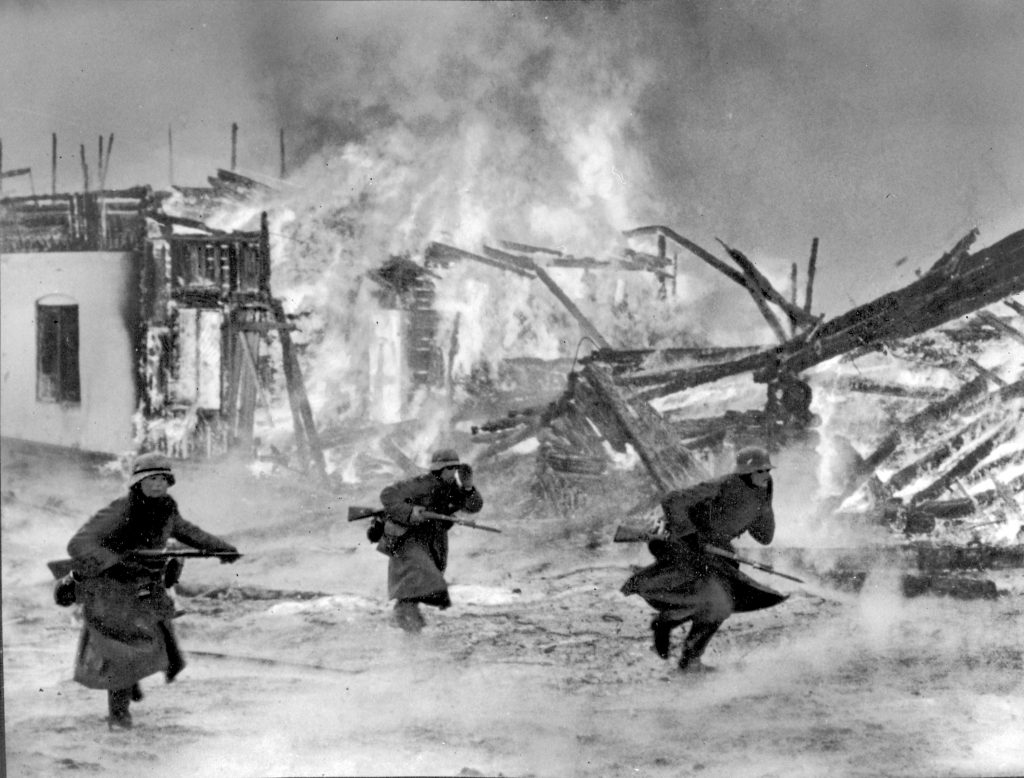
The Allied response
On the morning of 9 April, the British high Command after assuming that Germany had advanced in the occupation of the Norwegian ports had to quickly improvise an answer. It was soon assumed that Oslo should be left in German hands, but it was decided that Bergen and Trondheim could be easily recovered by entrusting the home Fleet with the task of preventing the German forces from receiving maritime reinforcements, as well as avoiding the Back home from warships. However, the force highlighted by Admiral Forbs to attack the German naval forces existing in Bergen had to retire to the attack of the German bombers. The lack of aircraft carriers opted to withdraw its surface strength from the southern coast of Norway, acting only with submarines. This allowed the arrival of German reinforcements that will be able to unite the different heads of bridge, forcing the rapid occupation of the southern zone of Norway, avoiding the complete mobilization of the Norwegian army. Only the general-in-chief roars with a division and was able to oppose prolonged resistance while retiring through the Alpine valleys that communicated the Oslo area to Trondheim where he hoped to be supported by the British.
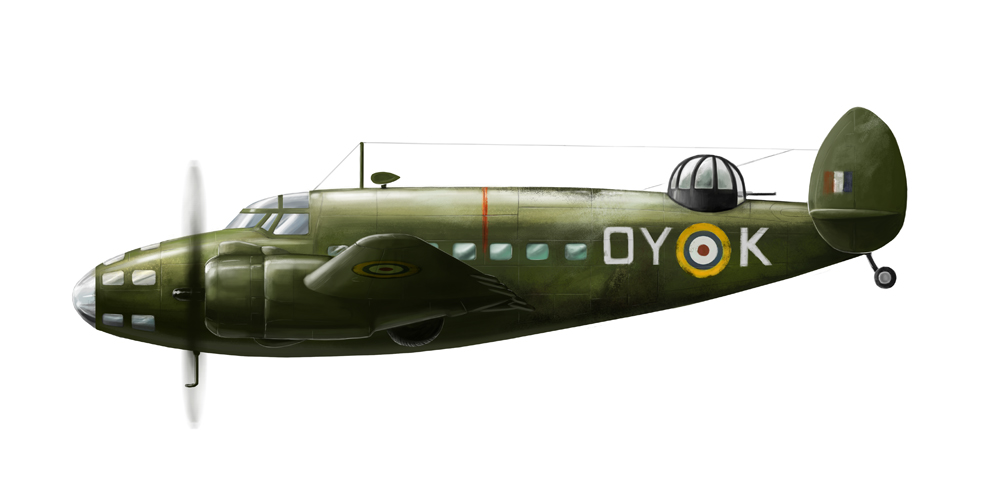
Greater success had the British naval forces prominent in the far north. There on the 9th, the flotilla of destroyers commanded by Captain Warburton-Lee sent to patrol by the Ofotfjord to learn of the conquest of Narvik by the Germans, is going to attack by surprise the German destroyers. In this combat (in which both Warburton-Lee and Commodore Bonte, head of the German naval forces, were killed) both forces are going to suffer important casualties, especially the Germans. The weakened German fleet is going to be completely destroyed on the 13th although the majority of the endowments managed to disembark, adding as infantry troops with the scarce forces with which Dietl counted in Narvik.
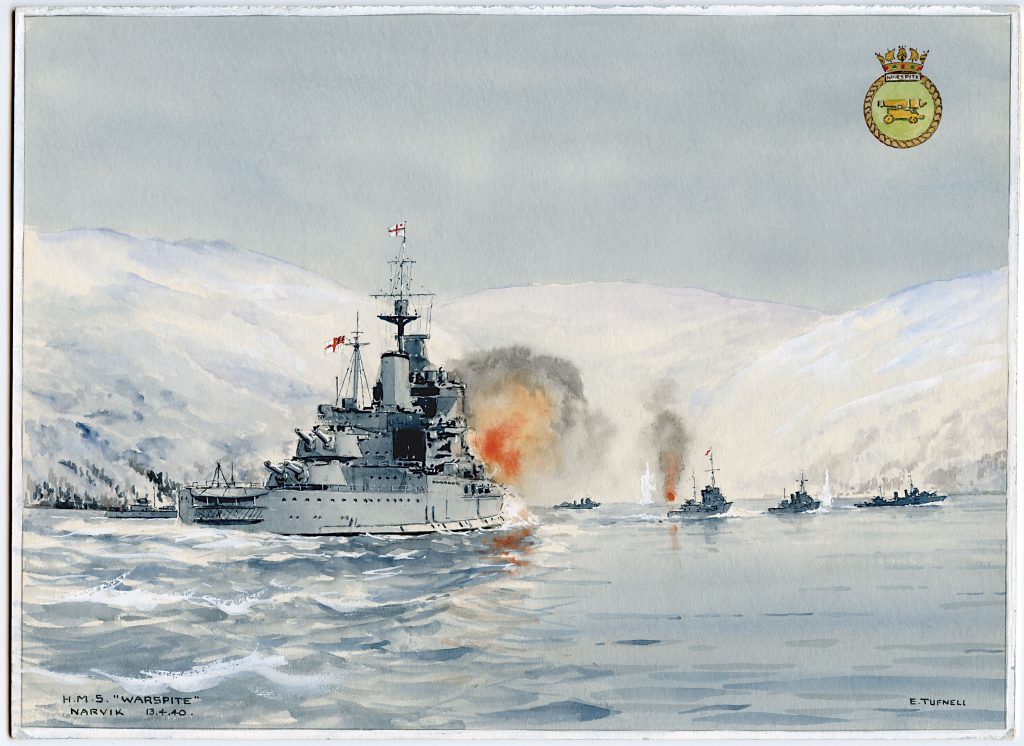
The Germans considered immediate the attack but this one did not occur since the British general Mackesy, considered too risky a direct attack opting for an indirect approximation after landing enough miles to the north, in spite of the opinion in Against Lord Cork in command of the naval forces, who defended a direct assault on the city was to be carried out.
Operations in CENTRAL Norway
Considering the fall of Narvik, for its isolation, a matter of time, they will focus their attention on the recovery of Trondheim, before the Germans could be strengthened. This operation (codename Hammer) was delayed by the shortage of forces available in Britain and the prevention to carry out an amphibious landing being in German hands the forts that guarnecían the great fjord of Trondheim. Finally, the idea of a direct assault was abandoned because it was too risky, opting instead to carry out a pincer movement from the ports of Namsos and Aandalsnes, located more than a hundred kilometers north and south of the city , where they had landed territorial brigades, but without transport or equipment appropriate for the Winter War.
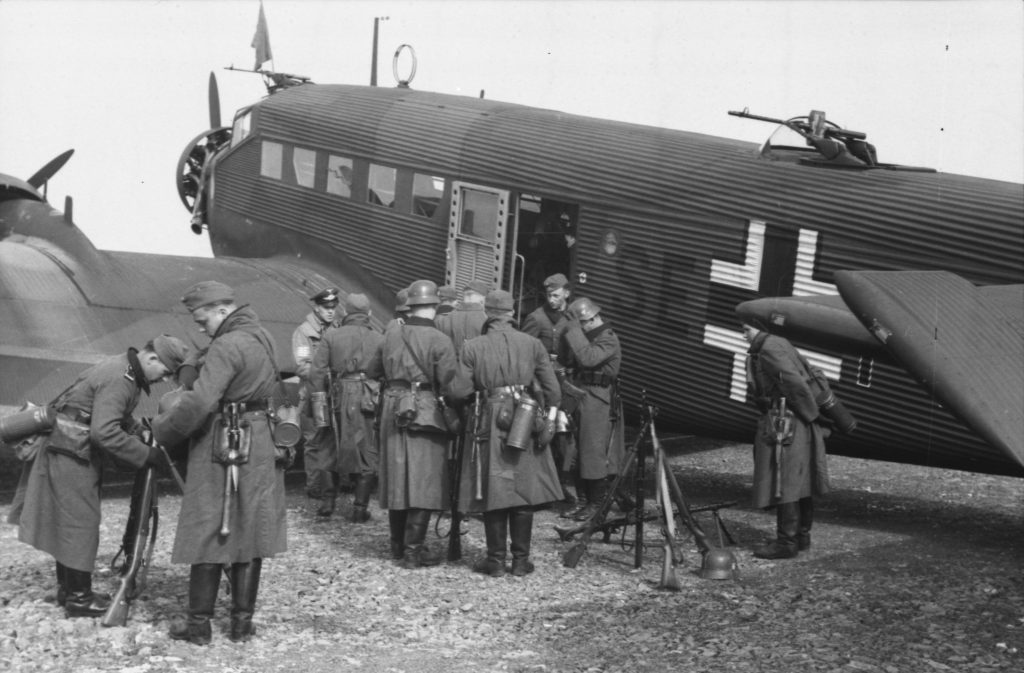
The forces landed in Namsos under Carton de Wiart began to move rapidly southward. However, a few days were stopped by a couple of battalions of mountain hunters who blocked the road and especially by German aviation, which destroyed the untrimmed port of Namsos. On the other hand, the South arm did not come to be directed against Trondheim, since the territorial brigade had to move directly through the railroad of Dombaas before the Norwegian ultimatum to be relied on the exhausted forces of Roar. The new British forces only managed to delay the German advance but as it became clear that the offensive against Trondheim was not going to succeed, it will order the withdrawal, which could be made between 29 April and 2 May without suffering significant losses in the Transshipment. The main reasons for this failure were the Franco-British slowness, the bad coordination and the improvisation, the tactical superiority of the German forces and the Germanic air supremacy that made the British control of the sea useless.
Narvik
After the failure in Trondheim the Allies will concentrate their efforts with the occupation of Narvik, outside the radius of action of the German aviation, which guaranteed the freedom of action of the Royal Navy. There, Dietl took advantage of the days of tranquility that he enjoyed after the naval battles to reorganize his scarce forces, establishing defensive positions in the existing mountainous areas to the north and south of Narvik.
The British without the equipment nor the proper training, they were not going to make any offensive movement (apart from a strong naval bombardment of the city on April 24), until the arrival of a demibrigade of Chasseurs French alpines, that with the support of a Division, both much better prepared for the Winter War than the British, began to strongly pressure the Germans, who are going to retire very slowly to the south along the valley of the Lagerbal from one defensive possession to another, in Very harsh climatic conditions.
There would be No significant progress until the arrival of new reinforcements: a Polish brigade and the 13th Demibrigade of the Foreign Legion (with a significant presence of former Spanish Republican soldiers) that would carry out an amphibious landing Against the locality of Bjerkvik on May 13, success which was quickly exploited by the conquest of Oyjord just opposite Narvik. This action demolished the entire German defensive scheme and must undertake a general retreat to the southeast.
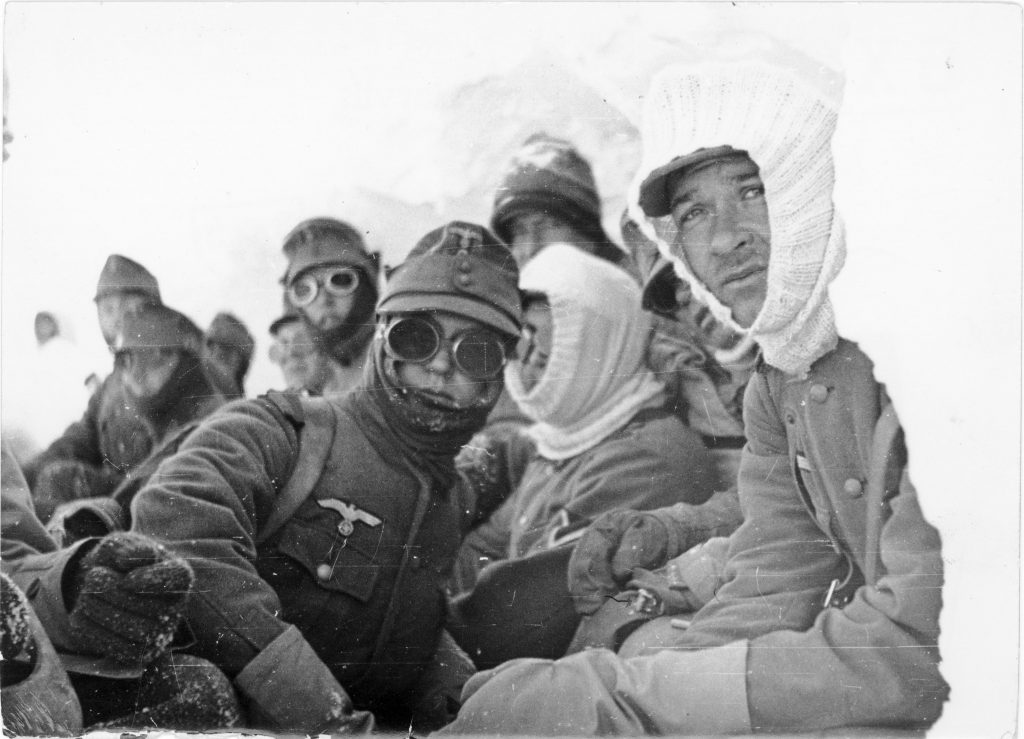
The Allied victory in Narvik was very close, however, in the face of the blackness that were taking the events in France and Belgium, it was decided to abandon the idea of establishing a resistance stronghold in northern Norway, deciding on 24 May to withdraw its Forces. Despite this, it was going to be decided to carry out the assault on the port city for both the propaganda and moral effects, and to destroy the port and the fuel tanks of Narvik, as well as the vital railway line with Sweden and its mines.
The attack against the city would take place on the 27th through an amphibious operation headed by the French legionaries crossing the fjord while the Poles attacked from the south to occupy Ankers and move to the head of the fjord and avoid the withdrawal German. Although the amphibious assault, preceded by a strong naval bombardment, was carried out without excessive problems by the great numerical superiority, the last part of the plan did not come to function since the poles could not comply with the plan planned allowing to escape to the Majority of the defenders of Narvik.
After a month and a half of hard fighting, the Allies were able to set foot in the smoky ruins of the small town, where they found a port completely unused for their retreat. The operations for the same would begin without a solution of continuity, while a part of the Allied forces continued to press hard to the very weakened German forces that already only kept a very small portion of land adjacent to the border Swedish. The rest began to retreat to Harstad and other small towns that would be used for reembarkation.
The evacuation of a force of about 25,000 men, had to be carried out with very few transport and, above all, ships of escorts, since at the same time the one of the forces fenced in Dunkerque was being produced.
However, this end could be very different, as Hitler seeking to support Dietl and troops from Trondheim were advancing to assist him, sent to the region Scharnhorst and Gneisenau cruises, which could have destroyed the second of the two convoys Principals in retreat, however they met the carrier Glorious, to which they sank, but had to be withdrawn by the damage caused by the destroyers of escort to the Scharnhorst.
Consequences
The material losses suffered by the contenders in the two months of the Norwegian campaign were relatively unimportant, the German naval losses being much more significant between sunken and damaged ships, which would cause the Kriegsmarine It was unable to support with surface forces the attempt at invasion of England, which the spectacular and unexpected victory of France opened wide to Hitler. In connection with the Battle of England, another fundamental consequence of the Norwegian campaign, was the replacement of Chamberlain by Churchill in the post of British Prime minister, losing the first, during the first days of May, the confidence of a party Important of the House of Commons following, mainly, the setbacks suffered by the British in Norway.
Author: Emilio Sánchez maps: vkrisis illustrations: Juan Delgado Diez-Madroñero illustration Warspite: Commander Eric Tufnell Photographs: Bundesarchive ISBN: 978-84-945863-2-3 index:
Introduction I.-The decision to invade Norway Norway and its strategic importance at the beginning of the Second World War the genesis of the plan Weserübung the Allied plans II.-The German assault the plan Alemán Weserübung North: Blood in the fjords Weserübung South: The invasion of Denmark III.-The Allied counterattack the response of the Royal Navy rethinking the Strategy the conquest of the south of Norway the British landings in Central Norway IV.-The campaign of Narvik fights in the Circle Polar victory in the defeat The withdrawal V.-Consequences Chronology conclusions: 1939 and 1940
Like this:
Like Loading...




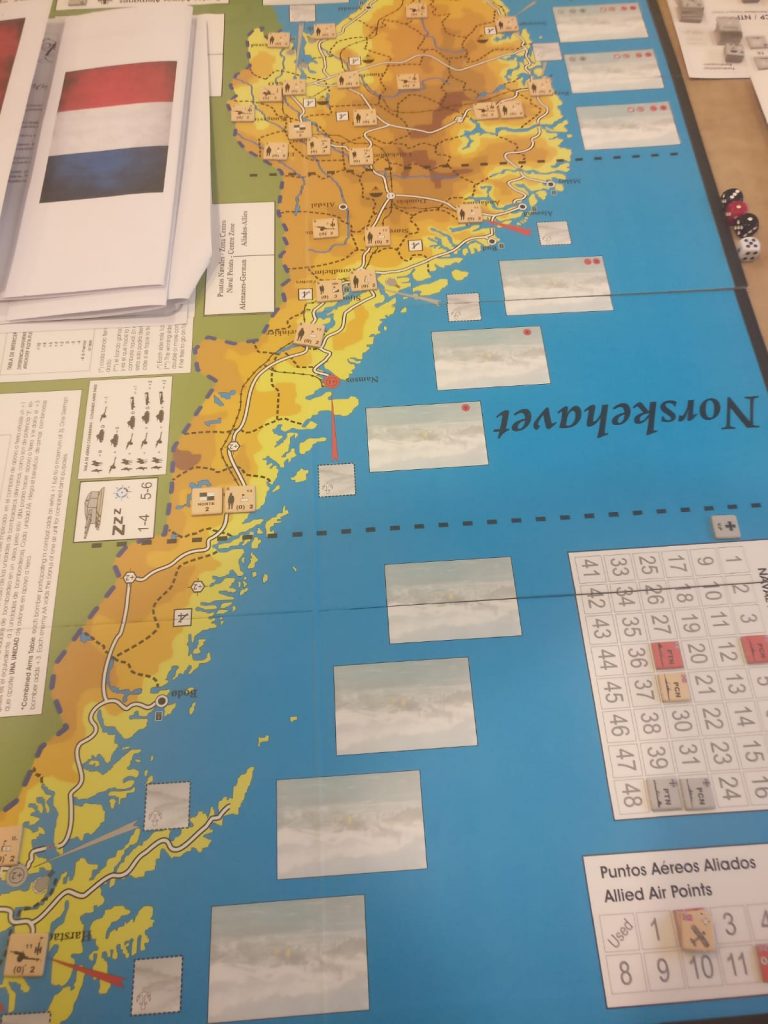
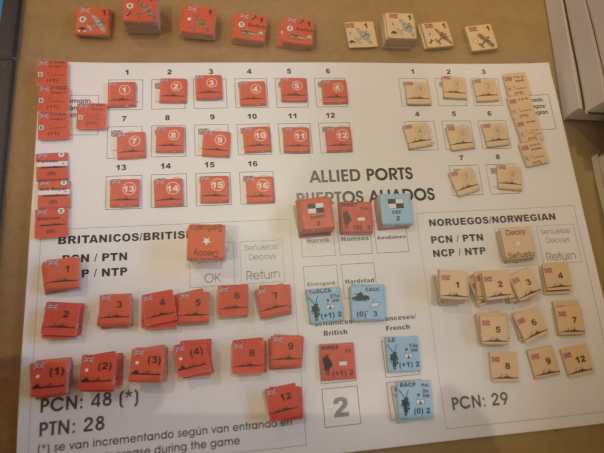

























 n.com We will present two games that were already seen at the international Fair of Córdoba last October and will bring Norway 1940 our last wargame of the series 2nd World War:
n.com We will present two games that were already seen at the international Fair of Córdoba last October and will bring Norway 1940 our last wargame of the series 2nd World War: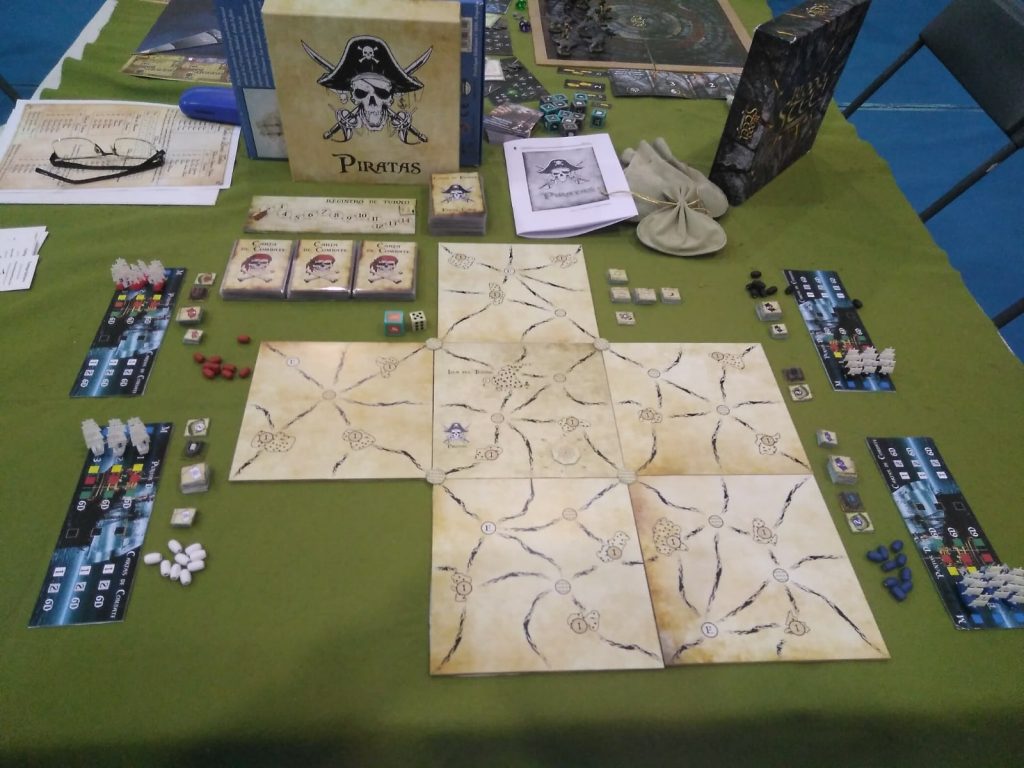 Image of part of the map deployed (map of the islands that can be placed as desired, making never one game equal to another)
Image of part of the map deployed (map of the islands that can be placed as desired, making never one game equal to another) an event card, which is the most fun of the game.
an event card, which is the most fun of the game. 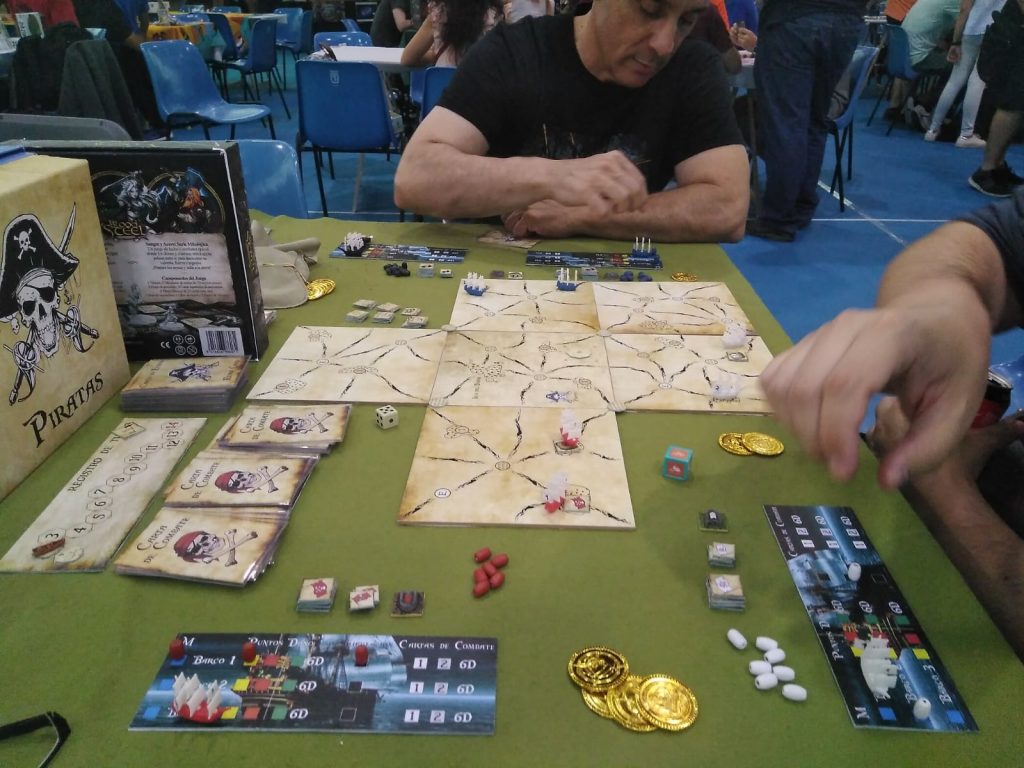 Games played in Cordoba, for 3 players in this case.
Games played in Cordoba, for 3 players in this case. 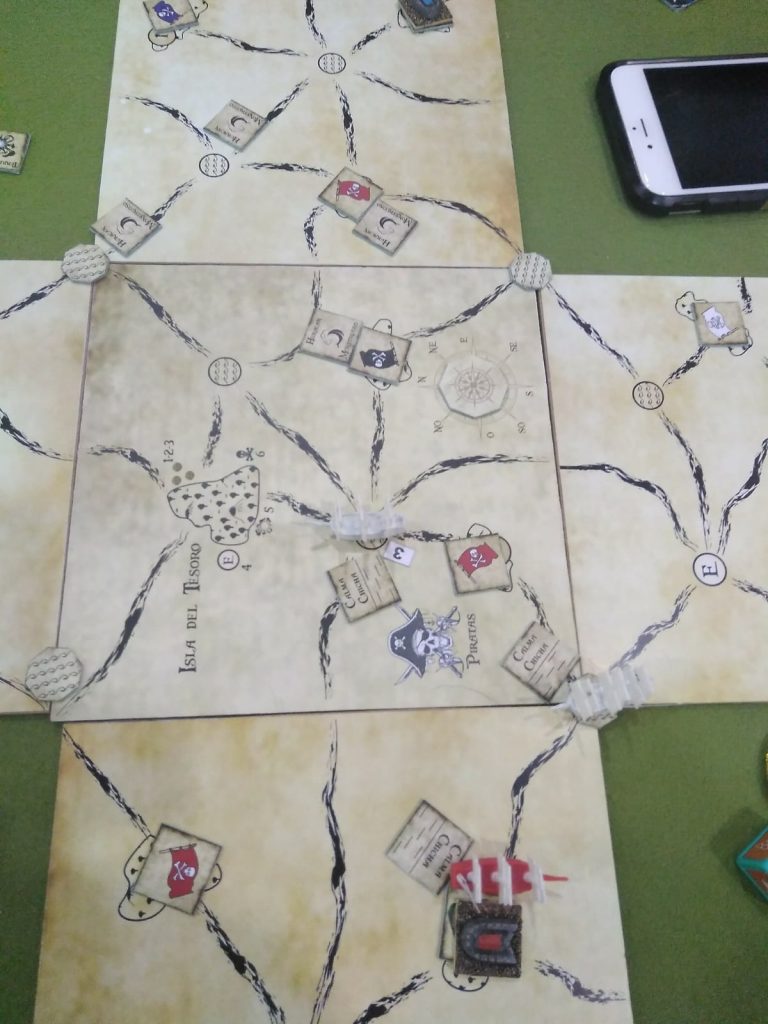 Best detail of the plates of the multiforme map.
Best detail of the plates of the multiforme map.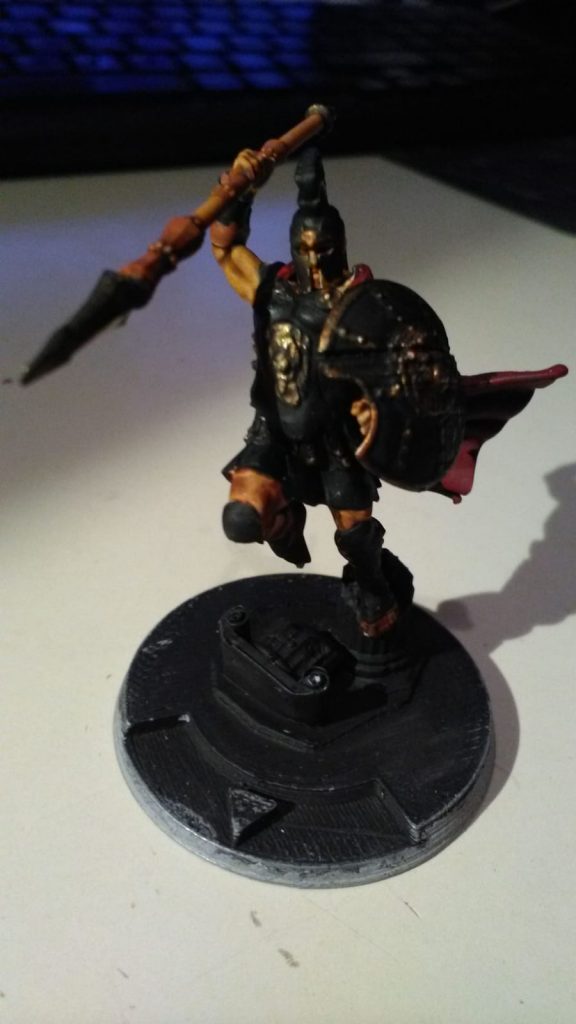 New hero: Achilles.
New hero: Achilles.